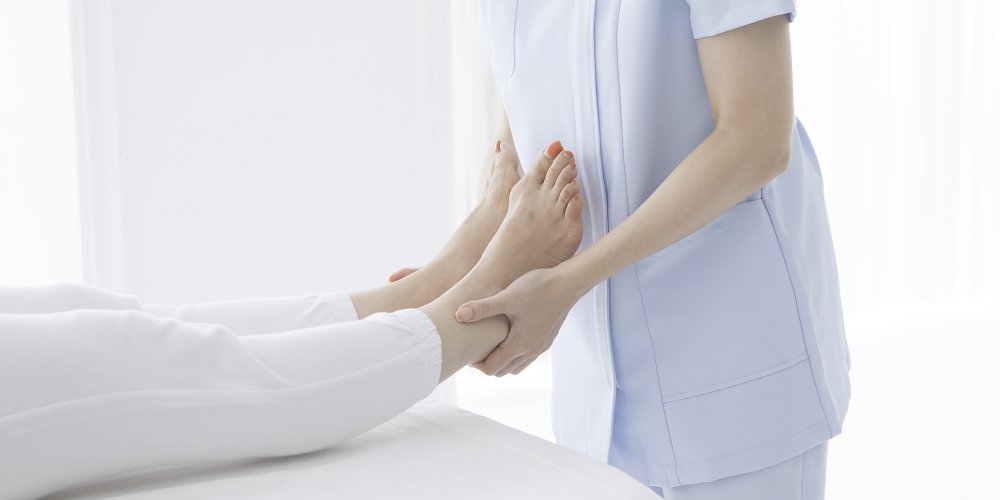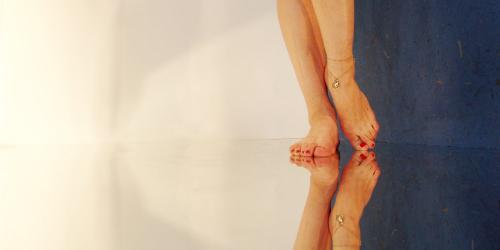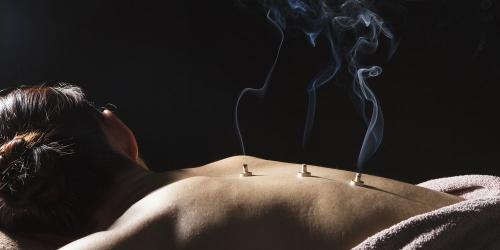Etiopathy is very specific in its approach and its reasoning. It is a manual therapy close to osteopathy, but which is distinguished by the will of the practitioner to trace the pathological history of the patient before passing to the palpatory diagnosis. Marion Roussel, etiopath in the Toulouse region, tells us everything about his profession.
Etiopathy, quésaco?
"From the Greek aïtia " cause "and pathos " suffering ", the etiopathy is a method to go back to the cause of a pathology and treat it if it lies in its field of action," says Marion Roussel.
And to continue: "We do not do energetics, not psychology and the proposed treatment is purely mechanical . "
What are the differences with osteopathy?
Etiopathy is therefore a manual therapy - just like osteopathy. However, there are some differences. For Marion Roussel, the first of these differences lies in training. In 6 years, the future etiopathies can be formed in a teaching program common to the different institutions (located in Paris, Rennes, Toulouse and Lyon). The exams are national and the promotions are small.
Until very recently, osteopathy has been taught through very different types of training, both in terms of the number of years of study and differences in programs from one school to another. "That's why, at the moment, patients do not all have the same experience from one osteopathic practice to another. Some osteopaths will practice the same gestures that we - from the history of rebouting (note: we find traces of reduction since ancient times) - when others will have a completely different approach, "says Marion Roussel.
On the other hand, "if you go to consult several etiopathes, differences can obviously be found in the personality of each etiopath, but the therapy, it will be the same," she says.
A method based on pathological history
According to Marion Roussel, what is really peculiar to etiopathy is the method of thinking about pathology. "The etiopathy remains very specific in its approach and reasoning. Our sessions always begin with a series of questions to the patient to know the reason for his consultation and try to trace the pathological history, "she says.
"The goal is to make sure that it fits into our field of expertise, then back to the cause, and if it is mechanical and the structure is not damaged, we treat it. "
Conversely, an osteopath will tend to rely more on a palpatory diagnosis. In etiopathy, the palpation - that Marion Roussel considers "subjective" - confirms and enriches the anamnesis (editor's note: the history of the disease).
 © ChesiireCat / iStockphoto.com
© ChesiireCat / iStockphoto.com
If osteopathy is recognized since 2002, the etiopath has only a liberal profession status of health. Marion Roussel states that this status is transitory, "until we have one that suits us more and is less restrictive than that offered to osteopaths".
When to consult an etiopath?
Most consultations occur when a patient - of any age - has a functional pain or disorder. "The reasons for consultations are very varied and may involve joint disorders such as gynecological or digestive problems," says Marion Roussel.
We can also consult an etiopath for less obvious areas: chronic infections (ENT, cystitis ...). The results on these pathologies are, according to the expert, excellent. " We treat all medical indications from the moment they are mechanically reversible. "
How is an etiopathy consultation?
The session takes place in two stages: "first, it begins with a history that will aim to trace the mechanical origin of the reason for consultation," Marion Roussel describes. "If this does not fall within the scope of the etiopathy, we reorient. "
Then, the session continues with the treatment, performed by manipulative techniques. The etiopath quickly knows, thanks to his approach, what is or is not his competence and does not hesitate to reorient the patient to the right professional.
Where to find a good etiopath?
The training is homogeneous, Marion Roussel explains that patients can rely on the National Register of Etiopaths . This register, updated annually, is communicated to the Ministry of Health.




